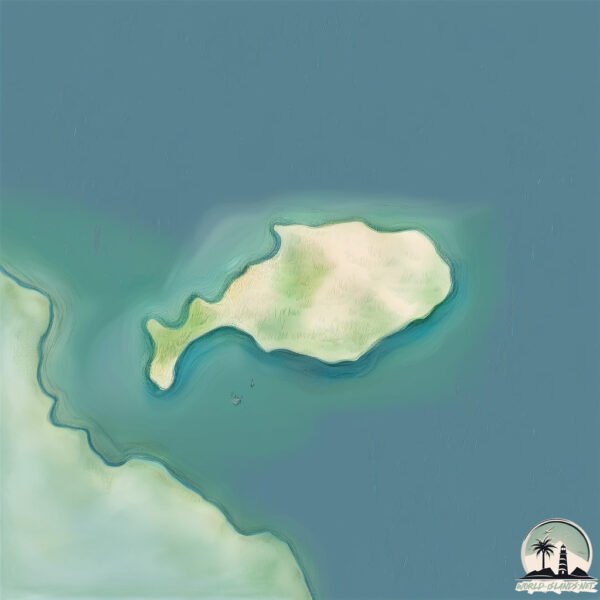Isla Bartolomé

Welcome to Isla Bartolomé, a Tropical island in the South Pacific Ocean, part of the majestic Pacific Ocean. This guide offers a comprehensive overview of what makes Isla Bartolomé unique – from its geography and climate to its population, infrastructure, and beyond. Dive into the details:
- Geography and Size: Explore the island’s size and location.
- Climate and Weather: Weather patterns and temperature.
- Topography and Nature: Uncover the natural wonders of the island.
- Infrastructure and Travelling: Insights on reaching, staying, and making the most of your visit.
- News and Headlines: Latest News.
Geography and size of Isla Bartolomé
Size: 1.278 km²
Coastline: 6 km
Ocean: Pacific Ocean
Sea: South Pacific Ocean
Continent: South America
Isla Bartolomé is a Small Island spanning 1.3 km² with a coastline of 6 km.
Archipel: Galapagos Islands – An Ecuadorian archipelago in the Pacific Ocean, famous for their unique wildlife and as a key location for evolutionary studies.
Tectonic Plate: South America – A major plate covering the South American continent and part of the Atlantic Ocean, known for the Andes mountain range and significant seismic and volcanic activity.
The geographic heart of the island is pinpointed at these coordinates:
Latitude: -0.28457757 / Longitude: -90.54943848
Climate and weather of Isla Bartolomé
Climate Zone: Tropical
Climate Details: Tropical Savanna, Wet
Temperature: Hot
Climate Characteristics: Defined by distinct wet and dry seasons with high temperatures year-round. Pronounced rainfall occurs during the wet season, while the dry season is marked by drought.
Topography and nature of Isla Bartolomé
Timezone: UTC-06:00
Timezone places: America/Chicago
Max. Elevation: 14 m
Mean Elevation: 1 m
Vegetation: Deciduous Broadleaf Forest
Tree Coverage: 25%
The mean elevation is 1 m. The highest elevation on the island reaches approximately 14 meters above sea level. The island is characterized by Plains: Flat, low-lying lands characterized by a maximum elevation of up to 200 meters. On islands, plains are typically coastal lowlands or central flat areas.
Dominating Vegetation: Deciduous Broadleaf Forest
Composed of broadleaf trees that shed their leaves seasonally. These forests are commonly found in temperate zones and experience distinct seasonal changes. Isla Bartolomé has a tree cover of 25 %.
Vegetation: 1 vegetation zones – Minimal Diversity Island
These islands exhibit the most basic level of ecological diversity, often characterized by a single dominant vegetation type. This could be due to extreme environmental conditions, limited land area, or significant human impact. They represent unique ecosystems where specific species have adapted to thrive in these singular environments.
Infrastructure and Travelling to Isla Bartolomé
Does the island have a public airport? no.
There is no public and scheduled airport on Isla Bartolomé. The nearest airport is Seymour Galapagos Ecological Airport, located 36 km away.
Does the island have a major port? no.
There are no major ports on Isla Bartolomé. The closest major port is LA LIBERTAD, approximately 1091 km away.
The mean population of Isla Bartolomé is 3 per km². Isla Bartolomé is Gently Populated. The island belongs to Ecuador.
Continuing your journey, Santiago is the next notable island, situated merely km away.
Ecuador is classified as Developing region: Regions characterized by lower income levels, with economies in the process of industrialization and modernization. The level of income is Upper middle income.
News – Latest Updates and Headlines from Isla Bartolomé
Stay informed with the most recent news and important headlines from Isla Bartolomé. Here’s a roundup of the latest developments.
Please note: The data used here has been primarily extracted from satellite readings. Deviations from exact values may occur, particularly regarding the height of elevations and population density. Land area and coastline measurements refer to average values at mean high tide.
